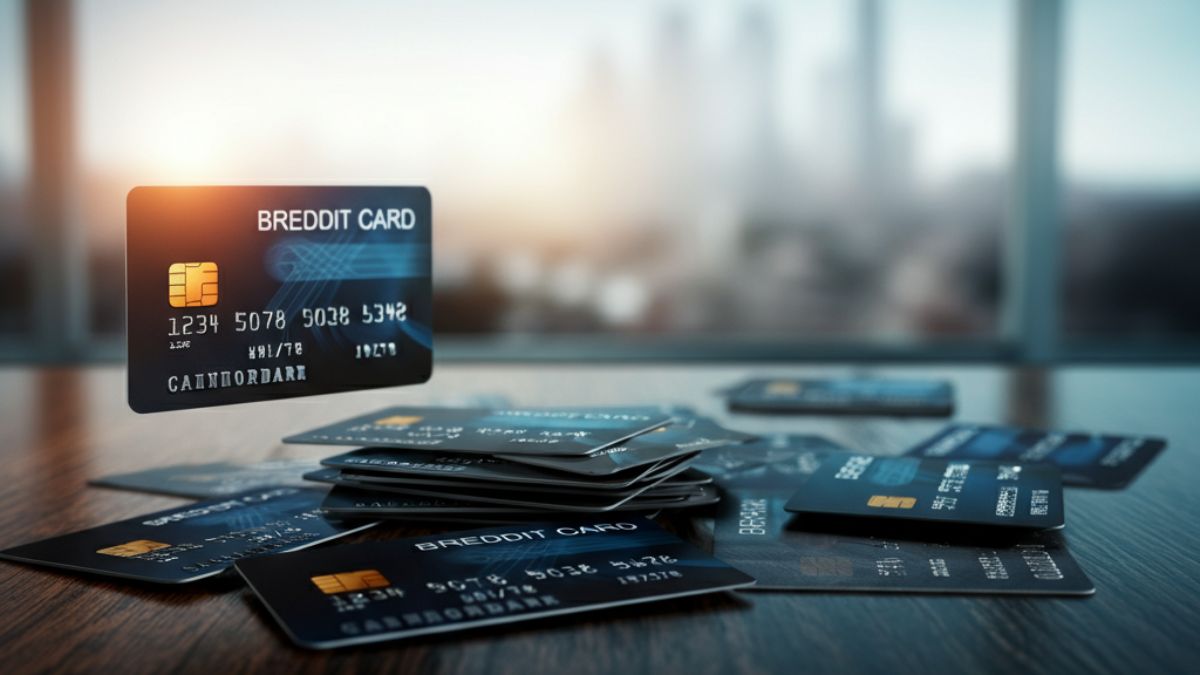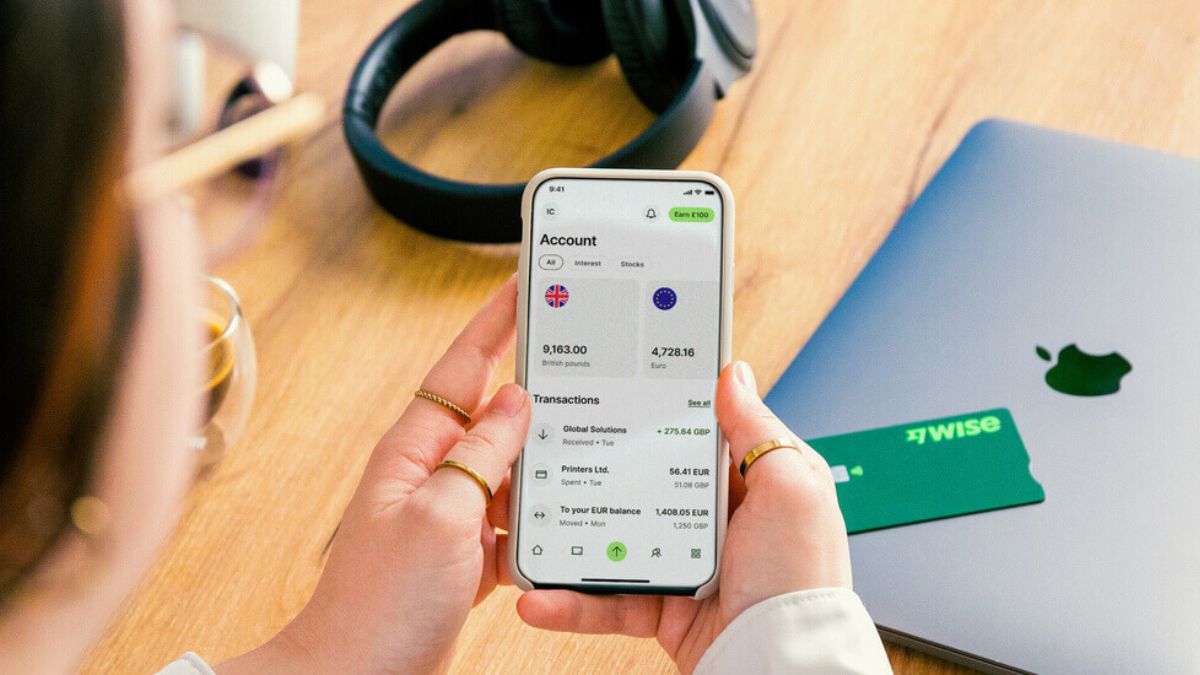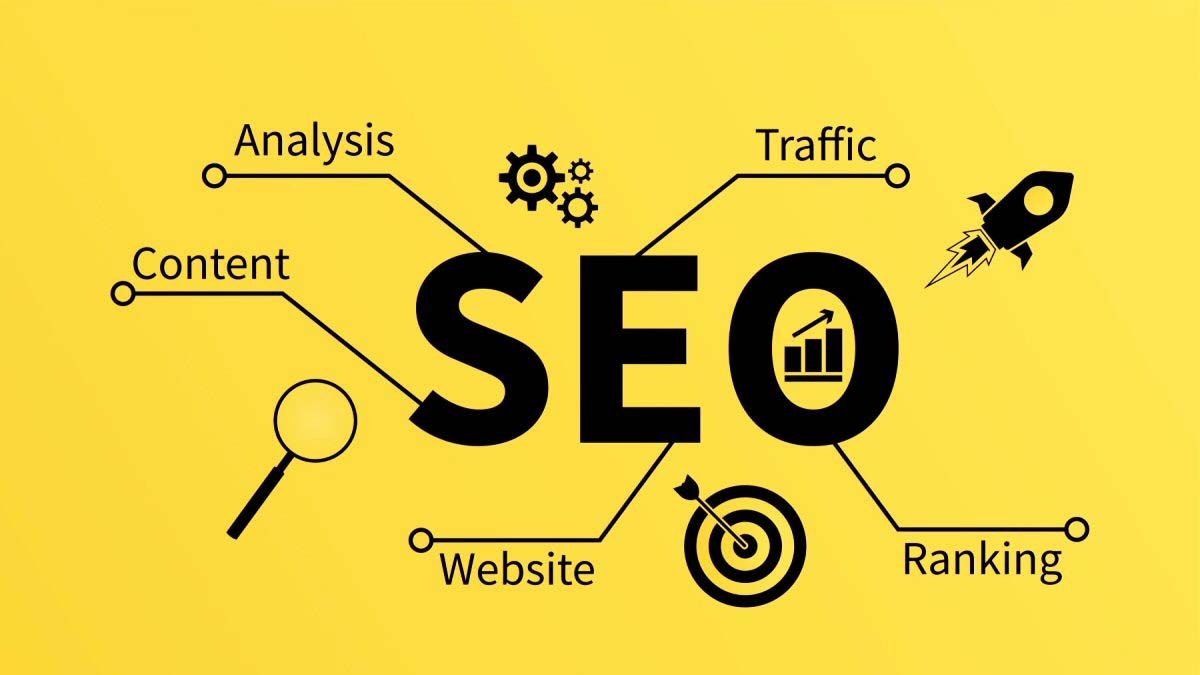Understanding consumer lifestyles isn’t just a marketing buzzword—it’s a vital tool for businesses to tailor their products, services, and experiences to meet market demands. But how exactly are consumer lifestyles measured? What methods and data sources are used to capture the diverse habits, preferences, and behaviors of people?
This blog explores the concept of consumer lifestyle measurement, its underlying significance, and the tools and metrics that bring this complex picture into focus.
By the end of this post, you’ll have a clear grasp of how businesses analyze consumer lifestyles to shape strategic decisions and build more personalized customer experiences.
What Is Consumer Lifestyle?
A consumer’s lifestyle refers to the way they live, spend their time, and allocate their resources. It encompasses behaviors such as their shopping habits, interests, values, and everyday routines.
For example:
- When someone prioritizes sustainability, they might opt for eco-friendly brands.
- A tech enthusiast might invest in the latest gadgets before considering other lifestyle aspects.
Marketers and analysts use this information to group customers into categories, often known as psychographic segments. These categories go beyond traditional demographics (such as age and income) to offer a richer understanding of what influences a consumer’s choices.
Why Is Measuring Consumer Lifestyles Crucial?
Measuring consumer lifestyles allows brands to better understand who their customers are and what they need. Below are some of the key benefits of understanding consumer lifestyles:
1. Craft Personalized Experiences
By understanding a consumer’s preferences and values, businesses can create marketing campaigns that resonate on a personal level. For example, a fitness brand might advertise gym gear to an active individual while showcasing wellness tips to someone focused on mindfulness.
2. Improve Product Development
Consumer lifestyle data helps businesses design products and services that speak directly to customer pain points. A coffee brand might introduce compostable pods after finding that their eco-conscious audience values sustainability.
3. Build Stronger Customer Loyalty
Catering to customer lifestyles demonstrates that a business “gets them.” This makes consumers more likely to remain loyal to a brand and advocate for it among their peers.
Key Methods to Measure Consumer Lifestyles
1. Surveys and Questionnaires
Surveys remain one of the most popular methods for assessing consumer lifestyles. Businesses directly ask questions about habits, interests, and preferences. For example, a survey for a tech retailer might include questions like:
- “How often do you buy new gadgets?”
- “Do you prefer online shopping or visiting stores?”
Surveys can be distributed via email campaigns, social media, or even in-store.
2. Purchase Behavior Analysis
Analyzing purchasing records or receipts offers valuable insights into lifestyle choices.
- Frequent purchases of organic food items suggest a health-conscious buyer.
- A high volume of online orders may point to someone who values convenience over traditional shopping.
Retail loyalty programs are particularly effective tools for gathering this type of behavioral data.
3. Social Media Monitoring
Social media platforms are goldmines for lifestyle insights. Businesses monitor likes, comments, hashtags, and shared posts to uncover consumer values and trends.
For instance, Instagram users who frequently post about meal prepping and yoga may indicate an audience interested in wellness and fitness-focused products.
4. Psychographic Data Analysis
While demographic data examines who customers are (e.g., age, gender), psychographic data focuses on why they behave the way they do. This involves studying:
- Values
- Interests and hobbies
- Personality traits
Psychographic data is typically collected through third-party research firms or in-depth interviews.
5. Wearables and IoT (Internet of Things) Devices
Data from smartwatches, fitness trackers, and other IoT devices provide insights into consumer behaviors that were nearly impossible to measure directly in the past.
- A smartwatch tracking daily activity reveals how often someone exercises.
- IoT-powered home assistants like Alexa capture insights into media preferences through daily usage patterns.
6. Segmentation Models and Tools
Businesses often rely on advanced segmentation tools to classify consumer lifestyles into categories. One popular model is VALS (Values and Lifestyles Segmentation), which divides consumers into eight segments based on their motivations and resources, such as Innovators, Thinkers, and Achievers.
Another example is PRIZM, a geodemographic segmentation tool that combines data on consumption patterns with geographical factors to create profiled consumer groups.
Examples of Consumer Lifestyle Insights in Action
1. Netflix: Entertainment Personalization
Netflix uses consumer lifestyle data to personalize recommendations for each viewer. By analyzing past watch history, user preferences are segmented into lifestyle categories such as “binge-watcher,” “documentary enthusiast,” or “family-friendly viewer.”
This approach ensures that every user feels catered to, driving engagement and increasing retention rates.
2. Nike: Connecting Through Fitness
Nike actively tracks trends around health and wellness to align its product offerings with active lifestyles. For instance, their Nike Run Club app gathers data on user running habits, allowing them to recommend personalized workouts, new gear, and challenges that match an individual’s fitness goals.
3. Whole Foods Market: Sustainability-Oriented Lifestyles
Whole Foods shapes its branding and store layouts to appeal to consumers who prioritize eco-friendly and organic products. By understanding their audience’s values, they offer in-store recycling programs and promote brands that align with sustainable lifestyles.
Challenges in Measuring Consumer Lifestyles
While the benefits are undeniable, there are some challenges associated with collecting and interpreting lifestyle data:
- Privacy Concerns: Consumers are increasingly wary of sharing sensitive data. Transparency in how businesses collect and use data is essential.
- Overgeneralization: Misinterpreting lifestyle data can lead to irrelevant campaigns or products. Tailoring insights to smaller, more specific segments mitigates this risk.
- Data Integration Challenges: Gathering data from multiple sources (e.g., wearables, surveys, social media) and consolidating it into actionable insights requires advanced tools and expertise.
What’s Next? How Businesses Can Leverage Lifestyle Data
The key to successfully using consumer lifestyle data lies in ethical practices and ongoing evaluation. Follow these steps to leverage lifestyle data effectively in your business operations:
- Start Small: Begin with a single data collection method, such as surveys, and gradually explore more advanced techniques like psychographic data analysis.
- Invest in Tools: Use segmentation tools or AI-driven platforms to organize and interpret the data you gather.
- Stay Transparent: Honor your consumers’ data privacy and communicate openly about how their information is used.
By keeping the customer at the center of all strategies, businesses can transform data into meaningful actions that benefit both the brand and the audience.










